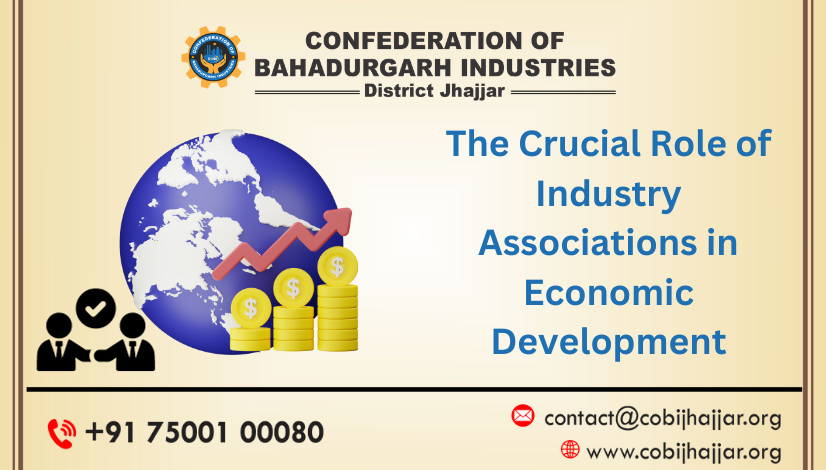The Crucial Role of Industry Associations in Economic Development
In the ever-evolving landscape of economic development, industry associations stand as formidable pillars of support, fostering innovation, advocacy, and collaboration. These organizations play an indispensable role in driving regional and national economic growth. In this blog, we will explore the vital importance of industry associations in fueling economic development and the key contributions they make to thriving business ecosystems.
Championing Innovation
Industry associations serve as incubators of innovation. They bring together businesses, professionals, and experts from a specific sector, creating a collaborative environment where ideas and best practices can flourish. By facilitating knowledge sharing, research, and development, these associations stimulate technological advancements, product innovation, and process improvement. The result is a more competitive industry that contributes significantly to economic development.
Advocating for Business Interests
One of the primary functions of industry associations is to act as advocates for their members’ interests. They liaise with governments, regulatory bodies, and other stakeholders to influence policies and regulations that impact the industry. Through effective advocacy, industry associations help create a favourable business environment, ensuring that the needs and concerns of their members are considered in decision-making processes. This advocacy, in turn, bolsters economic growth by fostering a stable and conducive business climate.
Collaboration for Collective Prosperity
The power of collective action cannot be overstated. Industry associations provide a platform for businesses to collaborate and address common challenges, such as workforce development, supply chain logistics, and market expansion. By working together, businesses within an industry can pool resources, share insights, and collectively address issues that may be too complex or expensive to tackle individually. This collaborative approach strengthens the business ecosystem, leading to greater competitiveness and economic development.
Driving Economic Growth
Industry associations contribute directly to economic growth in various ways. By championing innovation, they enhance a sector’s productivity and global competitiveness. Through advocacy efforts, they help shape favourable business conditions, attracting investment and promoting industry expansion. Collaboration within the association’s network results in the creation of new business opportunities, further bolstering economic development.
Regional and National Impact
The influence of industry associations extends beyond individual businesses. They have a significant impact at both regional and national levels. On a regional scale, industry associations often support local businesses, driving economic development in specific areas. Nationally, they contribute to the overall growth and diversification of the economy, helping nations navigate global economic shifts and challenges.
Success Stories: Industry Associations in Action
Countless industry associations worldwide have played pivotal roles in economic development. For instance, the Information Technology Industry Council (ITI) advocates for tech companies’ interests, contributing to the growth of the digital economy. The National Association of Manufacturers (NAM) is a driving force behind the growth and resilience of the manufacturing sector in the United States.
The Future of Economic Development
As the global economy continues to evolve, the importance of industry associations will only increase. These organizations will need to adapt to new challenges, such as digital transformation and sustainability, to continue driving economic development effectively.
Industry associations are integral to economic development, serving as catalysts for innovation, advocates for business interests, and facilitators of collaboration. By championing the growth of industries, these associations not only contribute to economic prosperity but also help create a resilient and sustainable future.




